Chili peppers are an integral part of the local cuisine in many parts of the world. There are approximately 4,000 different varieties of chili peppers. Some of them are quite famous – like the Jalapeño, Habanero, and Ghost peppers, for instance.
Other peppers are more exotic and are largely used only in certain countries or regions. In this article, we will look closely at one such pepper – the Aji Amarillo chiles. If you want to learn more about this shockingly flavorful chili pepper, read on!
Aji Amarillo Chile Pepper – Quick Facts
Common Names: Aji Amarillo Pepper, Yellow Chile, Aji Escabeche
Genus/species: Capsicum baccatum
Origins: Peru, Bolivia
Spice Level: 30,000 to 50,000 SHUs; mild to medium heat
Appearance: Elongated, 4 to 5 inches, smooth skin, thin-fleshed pods, ripens into shades of orange
Flavor Profile: Fruity, sweet, tart, tropical
What Is the Aji Amarillo Pepper?
Aji Amarillo is a unique chili pepper found mainly in the South American countries of Peru, Bolivia, Ecuador, and Colombia. It’s an integral part of traditional Peruvian and Bolivian cuisine. The chili pepper has a long history dating back thousands of years in the Andean region.
Like most other chili peppers used in cooking, Aji Amarillo peppers belong to the genus Capsicum. Within the Capsicum family, there are more than 20 different species, five of which are widely cultivated around the globe – C. chinense, C. annuum, C. frutescens, C. pubescens, and C. baccatum.
Of these five, C. baccatum is largely restricted to the South American continent, particularly the countries of Peru, Bolivia, Ecuador, and Colombia. The traditional pepper cultivars of this species have names that all start with aji, which means “fruit” in Latin American countries and the Caribbean.
Although the name Aji Amarillo literally means “yellow pepper”, it is not quite true. As the fruit matures, its color turns into vibrant shades of orange. The hot chile is also called Aji Escabeche. In Spanish, escabeche is a dish of fish marinated in spices, so the name Aji Escabeche indicates it is a chili used for a fish recipe.
The cooked or processed Peruvian chile peppers do lose some of their colors and become pale and yellowish. In their dried form, the chiles have a brownish-amber shade. The yellow chile is the most widely cultivated C. baccatum species of chili peppers. Other prominent cultivars of this species include the Aji Cito, Aji Cristal peppers, Aji Dulce, Aji Panca, and Aji Limo.
A Brief History of the Aji Amarillo Pepper
The jungles of Peru and Bolivia have a special place in the history of chili peppers. According to scientists, the first chili peppers originated in this region before spreading to the rest of South America and the Caribbean.
This is why the diversity of chili peppers is the highest in the world in Peru and Bolivia. In fact, you can find cultivars from all major Capsicum species in Peruvian markets today. Human consumption of chili peppers like the Aji Amarillo dates back at least 7,000 years.
Evidence suggests that the earliest domestication of C. baccatum occurred in the region of Llanos de Moxos – the Moxos Plains of Bolivia – by the local Arawak people. Over time many different cultivars of C. baccatum were developed in the region, including the Aji Amarillo.
Archaeological and anthropological data indicate that these chili peppers were used extensively by the ancient Incan civilization. Even today, Aji Amarillo is the most common chile in Peru. But until the 1990s, these uniquely Peruvian chile peppers were largely unknown to the rest of the world.
All that started to change with the arrival of the world-renowned Peruvian chef Gaston Acurio. In the 1990s, he introduced Peruvian cuisine to audiences in the west. Many of his popular dishes used Aji Amarillo flakes and chili powder.
In recent years, chili pepper producers all over the world have tried their hands at developing new cultivars based on the Aji Amarillo chiles. However, the original cultivation is still largely restricted to Peru, Bolivia, Ecuador, and Brazil.
What Do Aji Amarillo Chiles Look Like?
The shape of these peppers is long, like a Serrano pepper, and as thick as a Jalapeño. Fully mature peppers can measure 4 to 6 inches in length and are around 1.25 inches thick. They are easily one of the largest C. baccatum cultivars.
As the pepper ripens and matures, they go from green to yellow, and finally to a rich, deep orange. The skin of the Aji Amarillo peppers is glossy with a smooth appearance. However, you can usually still spot a few ripples on the surface.
How Hot Is the Aji Amarillo Chili?
Unlike the Bhut Jolokia or the Carolina Reaper, the Aji Amarillo is not a crazy-hot chili pepper. The Scoville Heat Units of this pepper do not extend to the scale of the millions. You can find mild Aji Amarillo chiles starting at around 20,000 Scoville Heat Units (SHUs), with the more pungent ones reading anywhere from 40,000 to 50,000 SHUs. But the heat is not the draw, it’s the rich flavors that make these peppers so popular in Peruvian food.
Basically, Aji chiles are slightly spicier than Poblano, Jalapeño, and Serrano peppers, which have heat levels between 1,000 and 23,000 SHUs. On the other hand, Aji chiles pack little heat in comparison to other chiles like Scotch Bonnet and Habanero (both between 100,000 and 350,000 SHUs).
Furthermore, the Aji Amarillo has just a fraction of the spice level of the Trinidad Moruga Scorpion or the Carolina Reaper, the two hottest chili peppers in the record books with SHUs measurements above 2 million.
The True Taste of Aji Amarillo Peppers
These Peruvian peppers have quite a unique flavor and aroma profile. A hint of fruity flavor starts at the top, reminding you of raisins. It is followed by a stronger, more tropical flavor – imagine mangoes and passion fruit.
Overall, Aji Amarillo peppers have a pleasant aroma and flavor that is mainly sweet and fruity. In that regard, it’s quite similar to a Habanero, but has the advantage of milder, more tolerable heat levels. Some people describe the flavor profile of Aji Amarillo as “bright and sunny”.
You can think of it as a very subtle and homely chili pepper. In many modern pepper cultivars, particularly the super-hot variants, the chiles have a clearly pungent heat that imparts an overpowering harshness to a dish. You don’t have this issue with Aji Amarillo peppers.
Growing Aji Amarillo Peppers – What You Should Know
Like most other Capsicum baccatum varieties, the Aji Amarillo chili peppers have a long growing season. After transplanting the seedlings, you can expect the plants to take up to 4 months to reach full growth. At that point, they can reach a height of more than 5 feet.
The plants are quite prolific in producing heavy fruit, meaning they can become quite top-heavy. This is a common problem with all the different species of Aji pepper plants in the baccatum genus. Growers are encouraged to use stakes to provide additional support.
If you are growing these chili peppers in pots, try to put them in larger 5-gallon containers for maximum yield. On the other hand, if you plant in garden beds, each plant will need to be spaced at least 12 to 18 inches apart for optimal nutrition and growth.
All varieties of C. baccatum plants can be instantly recognized by their fuzzy leaves and large white flowers with green or yellow spots on the corolla (the petals). They are quite hardy and disease-resistant perennial plants.
Each Aji Amarillo plant can produce a handful of large and heavy fruit, usually up to 120 days after transplanting. The ripening phase of these fruits can take up to one month – Aji Amarillo chilis are usually the last peppers to ripen in any pepper garden.
Importance of Aji Amarillo in Peruvian Cuisine
According to the great chef Gaston Acurio, Aji Amarillo chilies are part of the holy trinity of Peruvian cuisine, along with garlic and red onions. The chilies are widely used in many Peruvian dishes in combination with meat, fish, vegetables, and tubers.
The peppers are most commonly used in a paste form. They are simply ground with water or a few drops of oil to bring out the rich flavors and color. The following are some quintessential Peruvian recipes that rely on Aji Amarillo peppers for their unique taste and color:
- Causa Rellena – a type of potato salad, with layers of mashed potatoes, avocado, and tuna and is a popular picnic dish. The chili paste is mixed with the mashed potatoes.
- Aji de Gallina – a very traditional poached chicken dish, slathered with a bright yellow, aromatic, and nutty sauce. The chili paste is the star ingredient of the mild and creamy sauce here.
- Papa a la Huancaina – originating in the Huancayo region of Peru, this is a boiled potato dish with a creamy yellow cheese sauce. Served with boiled eggs, it is the Peruvian equivalent of mac and cheese – the ultimate comfort food.
- Olluco con Carne – the olluco is a type of tuber found in the Andean region. Meat strips are combined with julienned olluco and aji chiles to create a simple but hearty side dish for a rice meal.
Many other Peruvian dishes get their distinctive flavor and bright yellow color from these Aji chilies. They are also a major ingredient in neighboring Bolivia, Ecuador, and Colombia. In the last two countries, these chiles are a common sight on dining tables as a spicy condiment.
How to Cook With Aji Amarillo Chili Peppers
Most recipes, particularly those from its Andean homelands, use yellow chile peppers in their traditional paste form. The chile peppers can also be used in many dishes like tamales, salsas, soups, sauces, stews, and ceviche, or even as a marinade for grilling meats.
Apart from Aji chili powder, you can use whole dried chiles, or add them to your custom spice blends. Here are the main ways in which you can add Aji Amarillo to your kitchen spice cabinet:
- Paste – you can easily make the paste at home if you have fresh Aji chilies – simply blend them with a little water or oil until you get a smooth paste.
- Hot Sauce – go a few further steps from a simple paste by adding various other spices to create your very own Aji hot sauce. With their fruity and sweet taste, yellow chile peppers go well with garlic, vinegar, and other common hot sauce ingredients.
- Powder – get dry chiles and grind them into a fine spice powder that packs a ton of flavor and medium heat. You can add chili powder to savory meat or seafood dishes that call for a flavorful chili kick!
Different Forms of Aji Amarillo Chiles Available
As the most common chile in Peru and Bolivia, the yellow Aji is readily available in local markets and supermarkets. Based on this, getting access to fresh chilis outside Latin America is difficult, unless you know a cultivator or grow your own chilies at home.
In the United States, you can often find the following yellow chile products in stores that cater to the Latin American diaspora:
- Aji Amarillo flakes
- Aji Amarillo paste
- Dried chiles
- Aji Amarillo powder
These days, you can also order these products online, from retailers specializing in exotic spice blends and chili powder/whole chiles. Check out all of our Aji Amarillo chili pepper products at Magic Plant Farms today!
Alternatives You May Consider for Aji Amarillo Chili Peppers
Sometimes, getting access to good quality Amarillo chilies can be hard, depending on where you live. If you are looking for alternatives to spice up your dish, there is some bad news – there is no like-for-like substitute for Aji Amarillo powder or paste.
The taste and color of these peppers are simply too unique to effectively replicate, especially if you are trying to make a traditional Peruvian dish. If you can compromise on the authentic flavor of the dish somewhat, we have the following suggestions:
- Scotch Bonnet and Habanero, since they both have a similar fruity profile. But they are significantly hotter, so you may have to reduce the quantity used in your dish to compensate.
- Chipotle pepper powder or Poblano peppers (roasted) can also be experimented with as possible alternatives, but have either different flavors or much lower heat levels.
- Hungarian Wax peppers have around the same heat level and texture as Aji Amarillo but lack the fruity essence.
Choose Magic Plant Farms to Get Authentic Aji Amarillo Pepper Products
Magic Plant Farms is a supplier of exotic and common chile peppers to both retail and business customers. We have a catalog of over 40 different chili peppers, grown at our farms in Asia, South America, Africa, and the Middle East.
We offer chilies in powder, puree, and mash form, as well as whole dried pods and flakes. If you wish to buy Aji Amarillo peppers in bulk, our wholesale option is available for you as well. Our commitment to quality is backed by GMP and HACCP certifications, and third-party annual audits.
If you are looking for 100% natural, non-GMO, gluten-free, Kosher-certified Aji Amarillo chili pepper in a paste, mash, puree, flakes, powder, or pepper pods, Magic Plant Farms has what you need. You can order in quantities ranging from 9 oz jars to large 55 gal drums.
If you have any questions or need further details, contact us using the form available on our website.

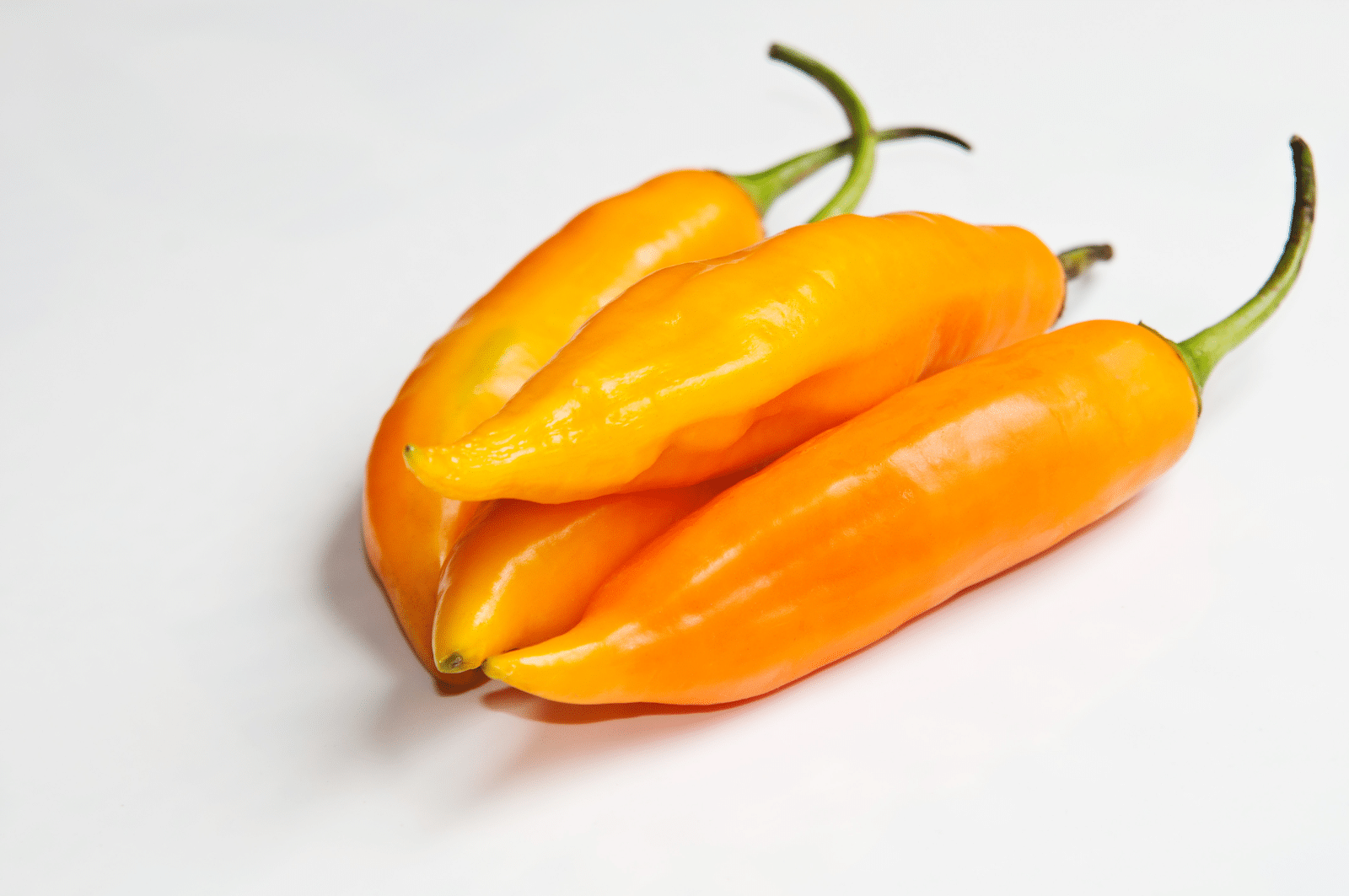
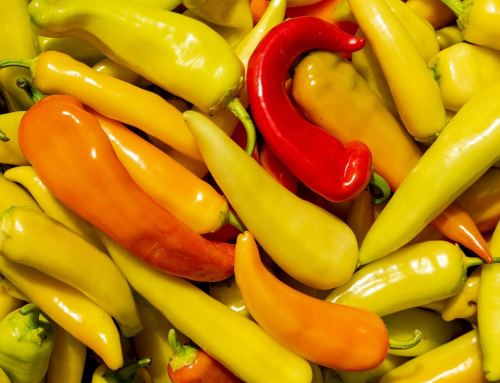
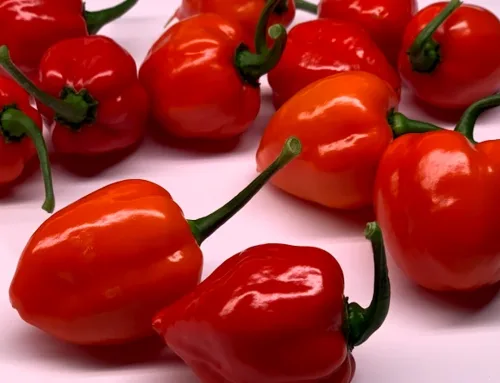
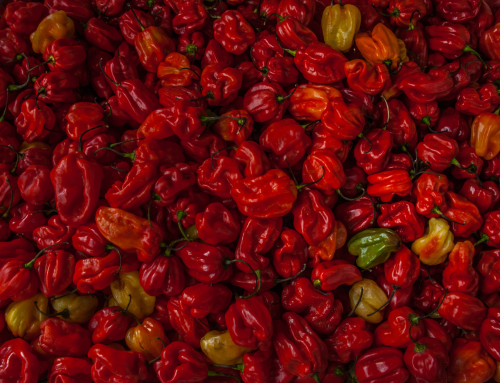
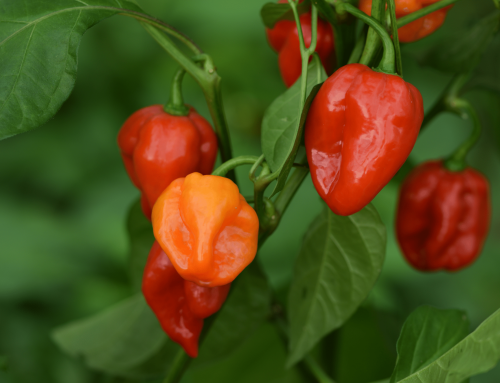
Leave A Comment